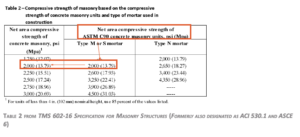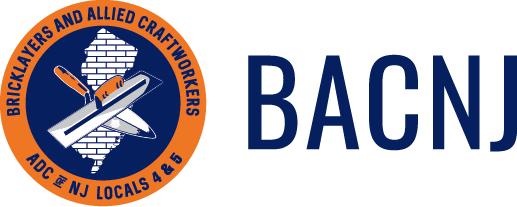 New Jersey’s construction economy in 2022 was serendipitous to say the least – amid fears of an impending recession, supply-chain constraints, material price volatility, and an unsteady k-12 market due to the NJ School Development Authority’s (SDA’s) waning Capital Program. While we look forward to a more promising SDA budget in 2023, combined efforts of the labor/management of BAC Locals 4 & 5, organizers, and field representatives did not rest on their laurels – seeking commitments of over $60M in future PLA work that otherwise would not have been. The early success of our campaign has led to other favorable outlooks that are currently in the pipeline. The pro-union sentiment is boding well for organized labor efforts as we collectively seek to level the playing field for our contractors and membership. Speaking of which, we are also happy to report that our membership remained steady throughout 2022, as well as hours worked. This doesn’t happen without aggressively pursuing ways to recruit and retain talent to offset an aging workforce rapidly approaching retirement. Our organizing team has been critical in the efforts to maintain an available workforce for you.
New Jersey’s construction economy in 2022 was serendipitous to say the least – amid fears of an impending recession, supply-chain constraints, material price volatility, and an unsteady k-12 market due to the NJ School Development Authority’s (SDA’s) waning Capital Program. While we look forward to a more promising SDA budget in 2023, combined efforts of the labor/management of BAC Locals 4 & 5, organizers, and field representatives did not rest on their laurels – seeking commitments of over $60M in future PLA work that otherwise would not have been. The early success of our campaign has led to other favorable outlooks that are currently in the pipeline. The pro-union sentiment is boding well for organized labor efforts as we collectively seek to level the playing field for our contractors and membership. Speaking of which, we are also happy to report that our membership remained steady throughout 2022, as well as hours worked. This doesn’t happen without aggressively pursuing ways to recruit and retain talent to offset an aging workforce rapidly approaching retirement. Our organizing team has been critical in the efforts to maintain an available workforce for you.
On the technical side, we’ve seen a bifurcation in masonry design approaches: progressive and regressive. The International Masonry Institute (IMI) has been promoting efficient, economical approaches to masonry systems based on local availability of materials. Our drawing and specification review service has never been more requested than in 2022; and we’ve been noticing a need to review masonry specifications that are limiting productivity in the field. The prime offender is low, out-of-date design strengths which lead to overuse of rebar and grout. If you are seeing masonry design strengths (f’m) lower than 2,000 psi, then your design is not up to code. Keep in mind, 2,000 psi is the MINIMUM design strength. Take a look at Table 2 from TMS 402 2016 for conservative, prescriptive design values based on concrete masonry unit strengths (using Type S mortar with a standard ASTM C90 Concrete Masonry Unit):

Table 2 from TMS 602-16 Specification for Masonry Structures (Formerly also designated as ACI 530.1 and ASCE 6)
Another wasteful practice is not considering masonry walls in a structural capacity even though it’s being used in wall construction. A key signal is when you see tubular steel columns within the plane of a masonry wall. The masonry can handle most of (if not all) the loads intended for the column – eliminating differential movement and excessive pile caps and pads.
2022 has also seen an increased use of IMI’s qualified contractor language and IMI craftworker upgrade training in project specifications. To bridge the gap between design and construction, IMI has been combining hands-on training programs for BAC contractors and craftworkers with education for design professionals in a common interactive space that promotes further understanding of the roles we all play.

